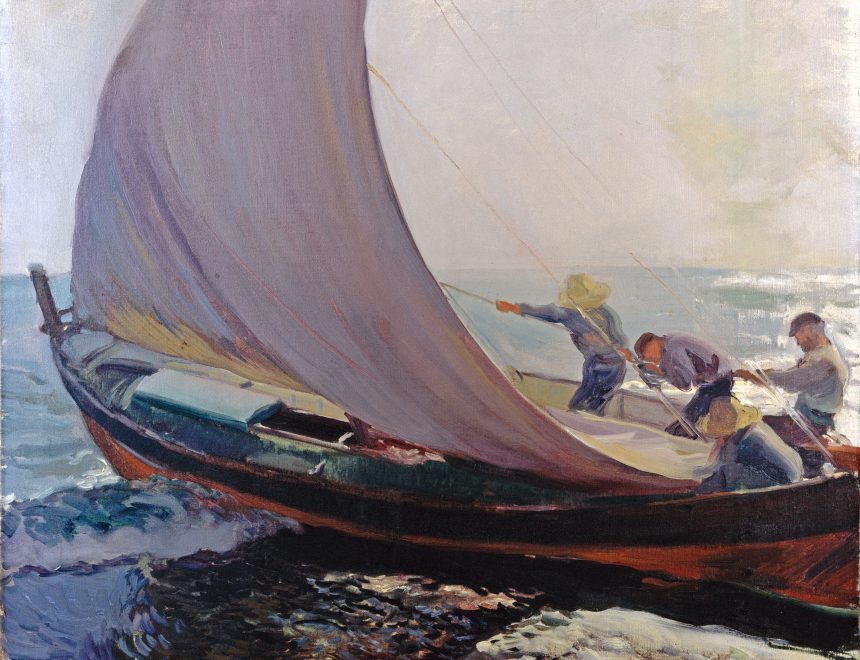Joaquín Sorolla
Some exhibitions pursue aims that go beyond the basic necessity of showing a collection of works by the same artist. For certain artists, a particular city can mean much more than a birthplace or one to live and work in. For Joaquín Sorolla y Bastida (Valencia, 1863 – Madrid, 1923), Valencia was a trove of symbolic and emotional properties. Similarly, the city (and many of its inhabitants) equate the painter’s gaze with something resembling a collective identity. Technical and formal characteristics of Sorolla’s paintings such as projected light, the clarity reflected in his subjects’ bodies, fabric and objects, the depiction of an evocative Mediterranean atmosphere, the artist’s genuine capacity to freeze a moment in time, with every movement occurring at once, are aspects that have come to be fused with the city and the education of the painter’s gaze.
While the chronological history of the IVAM began with Ignacio Pinazo, who was fourteen years older than Sorolla, localising the museum’s perspective as a means to propose its own narrative of universal art history with Valencia situated on the international map, the exhibition of Sorolla’s work positioned the IVAM in its own city. It was visited by thousands of viewers, and it was an introduction to a gradual process of education on modern and contemporary art. The wide range of styles and semantic plurality in art which the IVAM sought to incorporate in its early years marked out a new, successful path.



